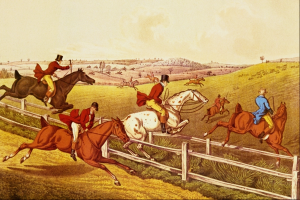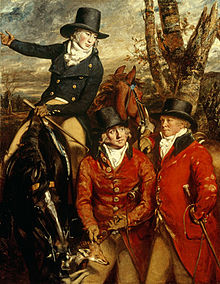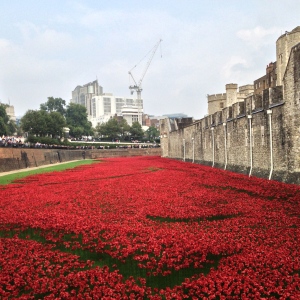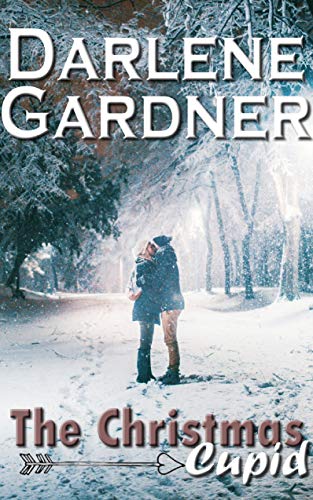I have a new book!

The Lord’s Highland Temptation is available now as an ebook and mass market paperback.
Last year around this time I was in Scotland on Number One London Tour’s Scottish Writers Retreat. What a lovely experience! I simply had to put what I saw and experienced in a book. The Lord’s Highland Temptation is that book.
This book was also inspired by an idea I’d held onto for a while. Did you ever see the old movie My Man Godfrey? The original 1936 version starred William Powell and Carole Lombard. It was remade in 1957 with David Niven and June Allyson. A socialite passes off a vagrant as a gentleman and he becomes the family butler, with everyone in the family singing his praises–except the oldest daughter, who did not trust the man at all. In the end it is discovered the butler is a wealthy man and he and the younger daughter, who has idolized him the whole time, fall in love.
The movie bugs me every time I’ve watched it, because the screenwriters picked the wrong heroine! The tension was between the older sister and the butler. She was the one who should have wound up with him!
So I decided to rewrite that story and set it in Scotland in 1816. My Man Godfrey is a screwball comedy and my book is the sort of emotional story I always write, but I fixed that heroine problem!
This book has been getting some very nice reviews. It even received a starred review from John Charles in Booklist: “RITA Award-winning Gaston gracefully tips her literary cap to the classic film My Man Godfrey in her latest thoughtfully nuanced, sweetly romantic Regency historical. While she deftly explores such serious themes as family duty and survivor guilt, Gaston also celebrates the importance of kindness and compassion in our lives.”
Thank you, John Charles!
See more at my website.
Have you ever thought a movie or TV show picked the wrong hero or heroine?

















